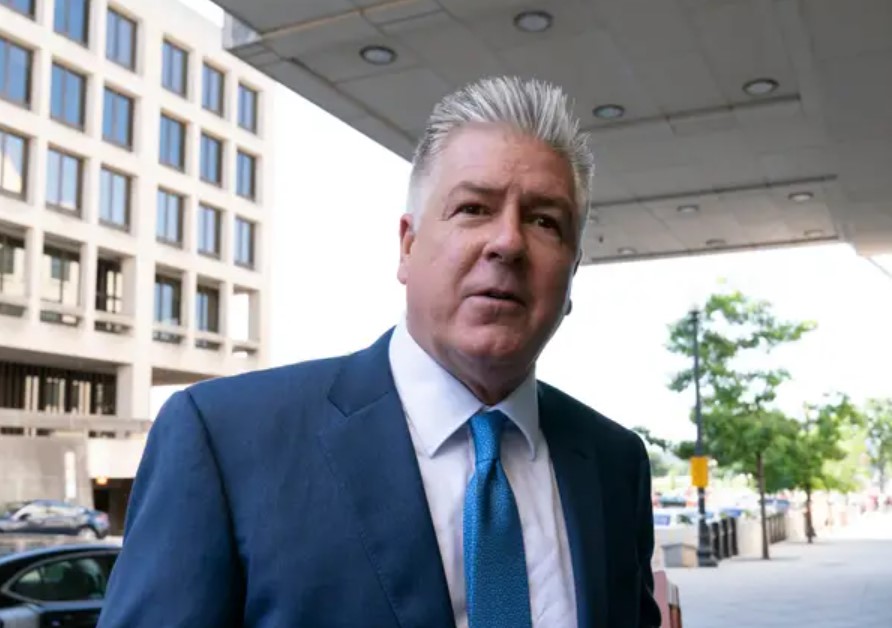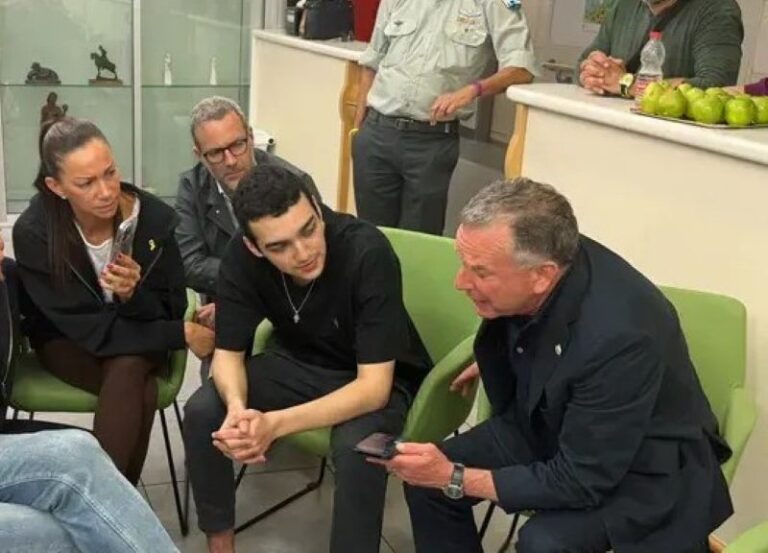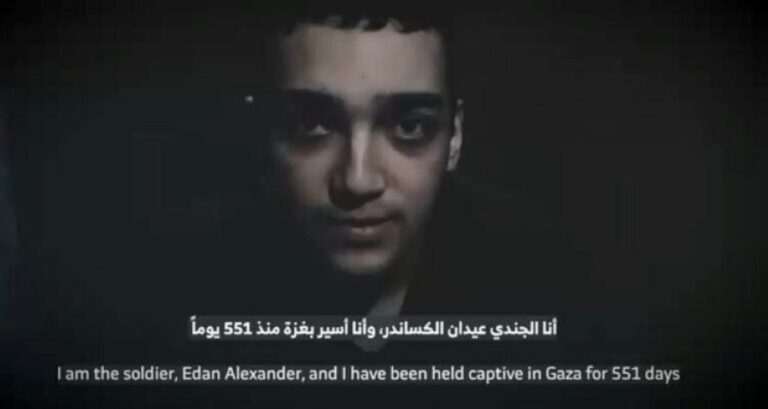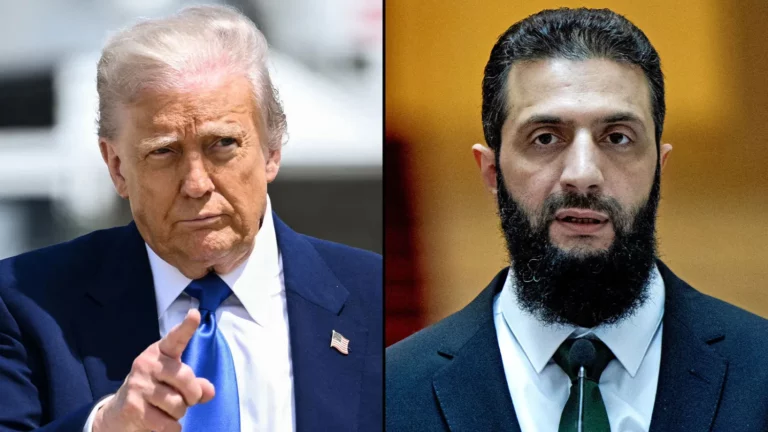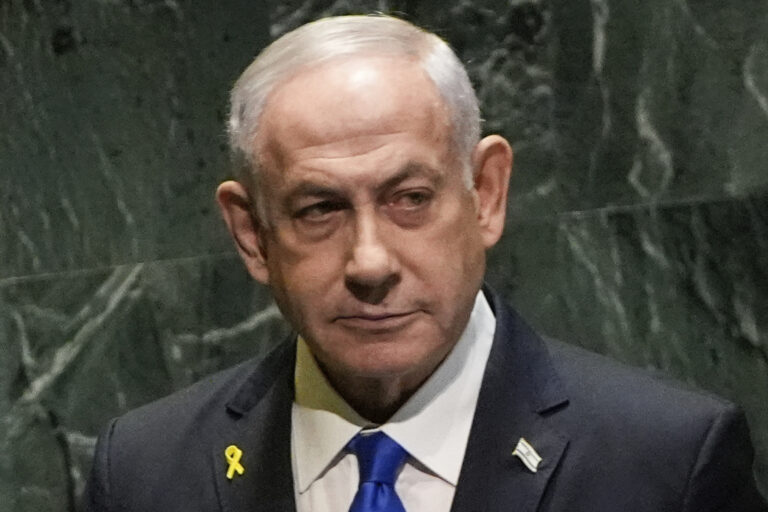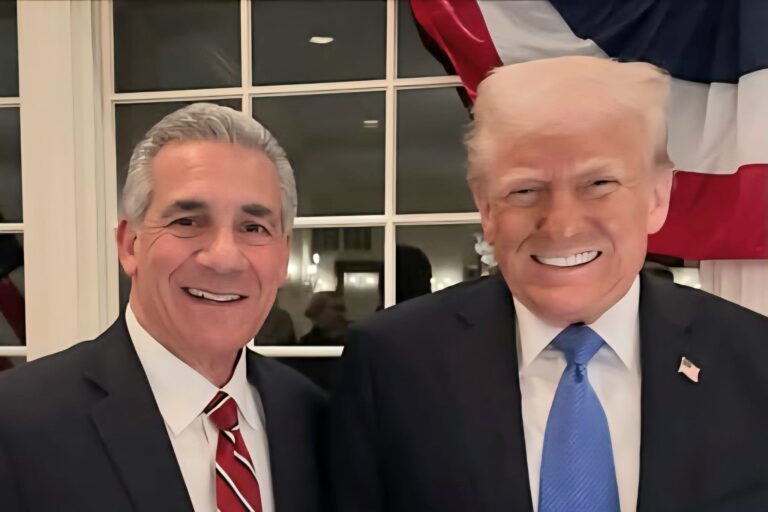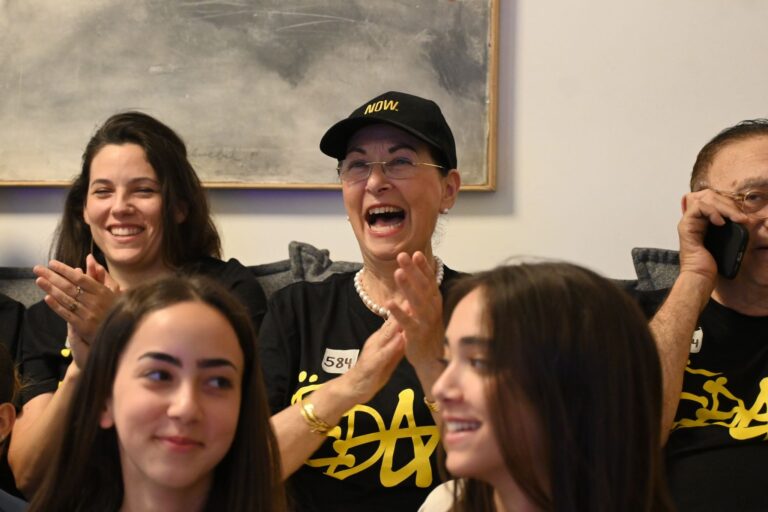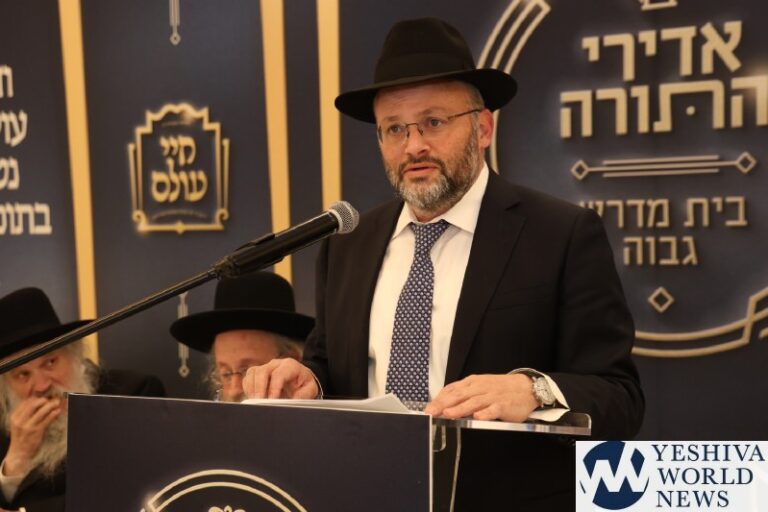By Rabbi Yair Hoffman for 5tjt.com
The great Roshei Yeshiva have encouraged their students to always look at everything – including current events, in light of the Torah and the principles of the Talmud. Doing so accomplishes three things – it allows us to see things with a Torah perspective, it allows us to review the Torah that he wave learned and to delve more into them, and it also allows us to gain more insights in a wider application of these underlying principles. The case of the top secret and highly top-secret documents that the FBI had hauled away from the former president’s home is no exception to this idea.
A recent article in the New York Times briefly discusses a defense strategy offered by one of the former president’s defense lawyers regarding the investigation of his handling of classified documents when he left office.
Mr. Evan Corcoran, a Princeton graduate, is perhaps the lead lawyer on former President Trump’s defense team. On May 25th, Evan Corcoran, a former federal prosecutor, in a letter to the Justice Department, wrote that Mr. Trump possessed a nearly boundless right as president to declassify materials. He further argued that the law governing the handling of classified documents does not apply to a president.
This article will attempt to examine this argument in light of a famous Talmudic principle entitled “migo.” One difference between Talmudic law and western law is that in the former, there are specific objective protocols in the determination of credibility and hence the validity of a claim per se. In western law, it is not so formalized and is far more subjective. One such protocol is called the “Migo.”
MIGO EXAMPLES
For example, the Talmud (Bava Basra 70b) writes that a person is believed to say that he returned a piece of collateral that he was holding onto because, had he said, “The piece of collateral was taken forcefully from me” – he would have been believed. By the same token, The Baalei Tosfos (Kesuvos 19a) write that one is believed to claim that he had repaid a loan in a case where he would have been believed to say that the loan document was a forgery.
BUT HOW WOULD THIS APPLY TO MR. TRUMP?
One can argue, however, that the above topic applies to believability in terms of monetary claims and counterclaims. But that is not the issue in regard to the charges against the president. The issue there is that the government is arguing that he had no right to take these documents.
ANOTHER DIFFERENCE BETWEEN WESTERN LAW AND TALMUDIC LAW
In Western law, there is little or no concern as to the exact mechanics of how legal theories operate. In Talmudic law, the exact mechanics are both key and critical. What follows is a survey of the different views of the exact mechanics of a Migo – and then an exploration as to how that might shed light on Corcoran’s argument.
- The first view is discussed by Rav Elchonon Wasserman HY”D (1874-1941) in his Kovetz Shiurim (Vol. II 3,4 in the first opinion). Migo only grants the person proof of his believability. If he had wanted to lie he could have said something else. It is a clarification of the truth of his argument and can also be termed an, “Anan Sahadi” – the whole world testifies as to the truth of his words. This Migo, thus grants no powers so to speak, but only a stamp of credibility and believability. This is also the view of Rabbi Yoseph Shaul Nathanson (1808-1875), the author of the Shoel uMaishiv (Vol. IV #8).
- The second view is that the Migo grants the full power of the other claim. It is not that it grants credibility – it grants all of the powers of claim and counterclaim afforded to the other position. This is the view of Rav Naftoli Trop zt”l (Chidushei HaGranat Siman 137 and the second position discussed by Rabbi Wasserman). This is also the view of Rav Nachum Partzovitz zt”l, (1923-1986), the Mir Rosh Yeshiva (Bava Basra 32b #140).
- There is also an opinion that both of these legal theories are both necessary and they work together to form a Migo. Without either one of these elements, according to this third view, there would be no Migo.
BUT WHAT ABOUT THE TIME FRAME?
Another question, however, that could throw a monkey wrench into the whole thing is the time-frame. How close to the events must a Migo be employed? It seems that there is a three-way argument in this regard. Rashi’s view, as cited in the Principles of Migo of Rabbi Yaakov Emden’s Urim V’Tumim (found after CM Siman 82 in Choshain Mishpat) is that it is applicable during the entire court-case and is termed a Retroactive Migo – or a Migo l’mafreah. [There are other views of Rishonim as well that contrast that of Rashi.]
Based upon this second and third view, one can perhaps understand the argument presented by Mr. Corcoran in defense of the former president. Since the president had the power to declassify even highly top secret documents, he would retain the right to keep them afterward as will. It would be illogical to pursue criminal charges against the president since he could have merely issued that declassification. Indeed, by virtue of this argument, it would be logical to assume that the underlying theory of this law [and its associated repercussions] is that it would not apply to a president who had possessed such power in the first place. In this case, however, it would only work within Rashi’s understanding of the time frame.
The author can be reached at [email protected]

